|
|
Morris Dancing Well, what’s it all about? When
people think of morris dancing, they usually mean Cotswold morris, the “stick
and hanky” style, which is identified with Oxfordshire, Buckinghamshire and
Northamptonshire. The
true origins of this type of ritual dancing are lost in the mists of time,
though its precursors are known to have been performed in the reign of Henry
VIII. Morris sticks may symbolise swords, farming implements or guns, or, we
are led to believe, parts of the body! The
vast majority of morris dance teams performing today are “revival” sides,
formed since the end of the Second World War. Teams may be all male, all
female, or mixed, as we are. A few teams, such as those from Bampton and Headington
Quarry, however, can claim an unbroken tradition back into Victorian times
and beyond.
Cotswold
morris is divided into a number of traditions. Each tradition is a
particular set of dances performed in a particular style, usually originating
in a single town or village. Although there is enormous variation in the
content of the traditions and the dancing styles associated with them, there
is enough commonality to ensure that all of them can be recognised as part of
the Cotswold morris genre. There are about thirty extant Cotswold morris
traditions. Each
tradition has a set of distinctive figures. Between two figures there
is a chorus. Each dance has its own chorus, which identifies it. Of
course, there are variations on this rule, but it usually works that way! The
set usually consists of six dancers arranged as follows:
Some
dances may require 8 dancers (or, indeed, other numbers), but six is the most
usual. Dancer
no. 1 traditionally leads by calling the figures. There
are also morris jigs, which are an opportunity for solo dancers to
show their prowess, though these are occasionally performed by two or three
dancers simultaneously. Cotswold
morris teams usually have a committee consisting of the Squire (who is in general charge of the team), the Bagman (who performs a secretarial rôle and usually looks
after the kit, too) and the Foreman (who is
responsible for teaching the team’s repertoire). Many teams have other
officers with specific jobs. The fact that these job titles all sound male is
an anachronism - it doesn’t mean that they have to be men! Morris
teams usually spend the winter months practising, emerging into the light of
day as the performance season starts at the beginning of May. OK, what about other places in the UK? Other
branches of the morris “family” exist throughout the country. There are innumerable
variations, but here are some of the most common ones. North-West
England: clog morris
Staffordshire
and the Welsh marches: border morris [pic to follow] Cambridgeshire:
molly dancing [pic to follow] Many
sides are now performing dances they have developed themselves.
The
morris is a living tradition and thrives today in the enthusiasm and
dedication of its practitioners! And what about the rest of the world? The
Morris has found its way to many far-flung sections of the globe. Check out
some of the sites on our links page to find out more. Why do people do it in the 21st century? There
are all sorts of reasons:
|



